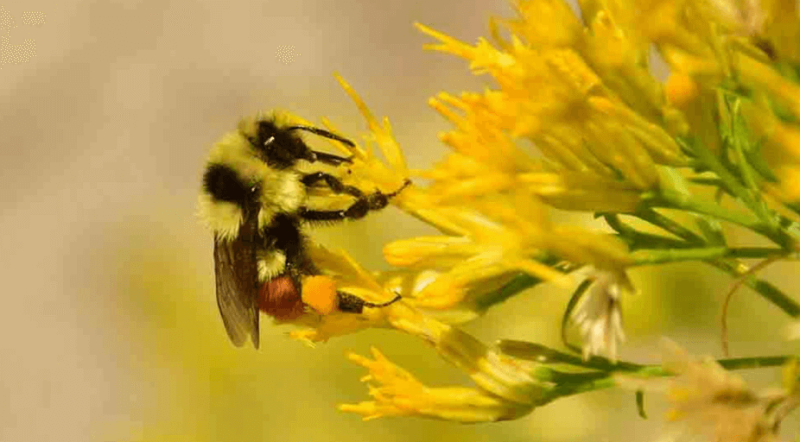With overwhelming evidence on the risks that neonicotinoids …. pose to bees, phytopharmaceutical companies look towards innovation to replace already banned or restricted insecticides. Promoted as a “safer” option and a “replacement” for other neonicotinoids, Sulfoxaflor is presented as one of the possible alternatives. This insecticide …. attacks the central nervous system of insects …. A recent study found that this alternative might not be as safe as previously promoted.
…
The study conducted at the Royal Holloway University of London used dosages consistent with post-spray field exposure …. determined that Sulfoxaflor can have a negative impact on non-targeted insects, bumblebees. After exposure to the insecticide, bumblebee colonies “produced significantly fewer workers than unexposed controls, and ultimately produced fewer reproductive offspring” …. [T]his recent study …. point towards a need for closer review of new systemic insecticides.
…
There is an opportunity to review the research on this insecticide, cautiously avoiding falling into a 20+ year discussion during which dangerous products continue to harm bees, their pollination services and their role in ecosystems (as already occurred with neonicotinoids) …. [I]t seems to be essential to remind policymakers, farmers, beekeepers and all stakeholders, that the distance between Sulfoxaflor and neonicotinoids (regarding classification and risk to bees) is not as extensive as it is portrayed to be.
Read full, original article: Sulfoxaflor, a Not so Bee-Friendly “Alternative”































